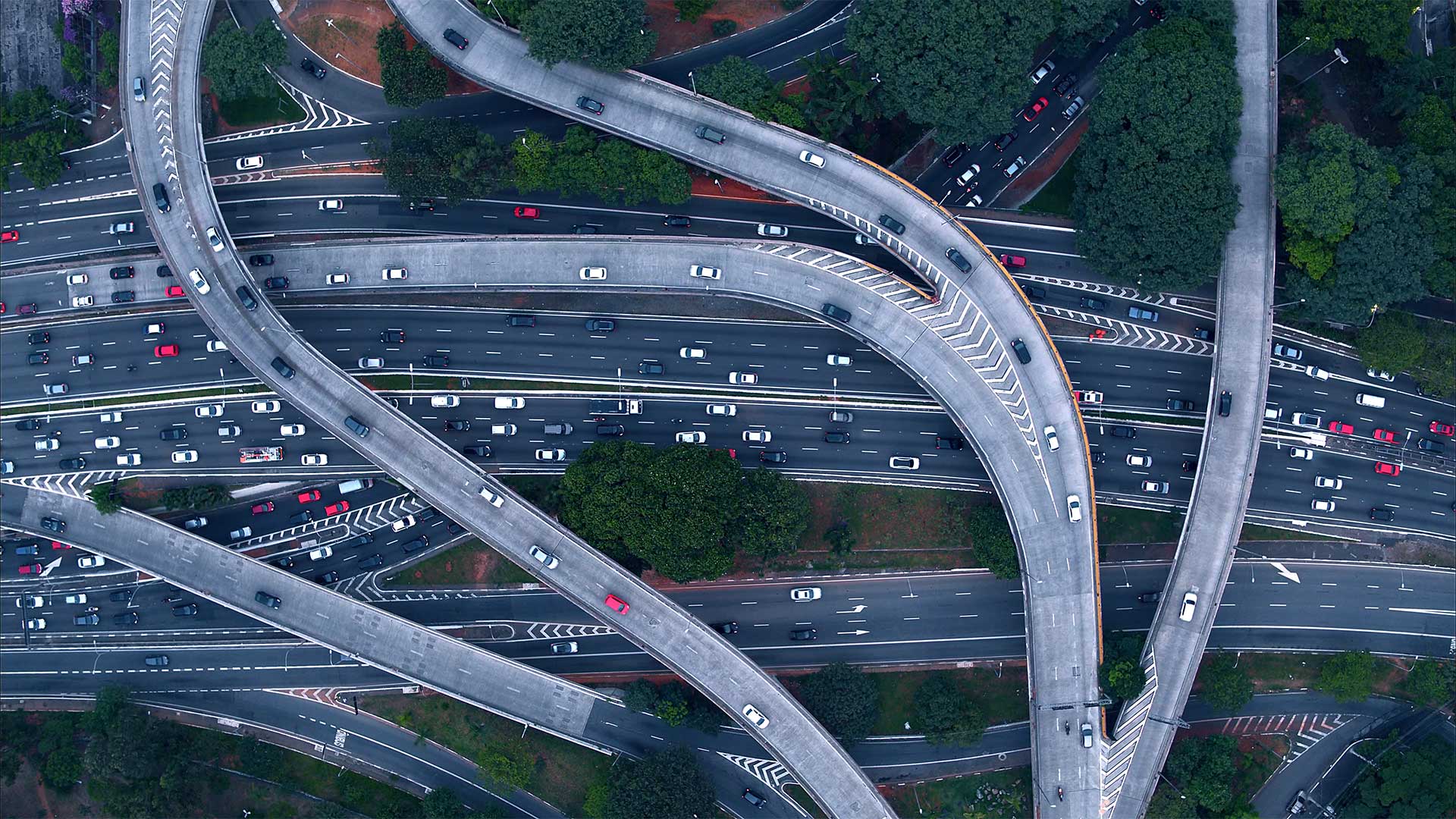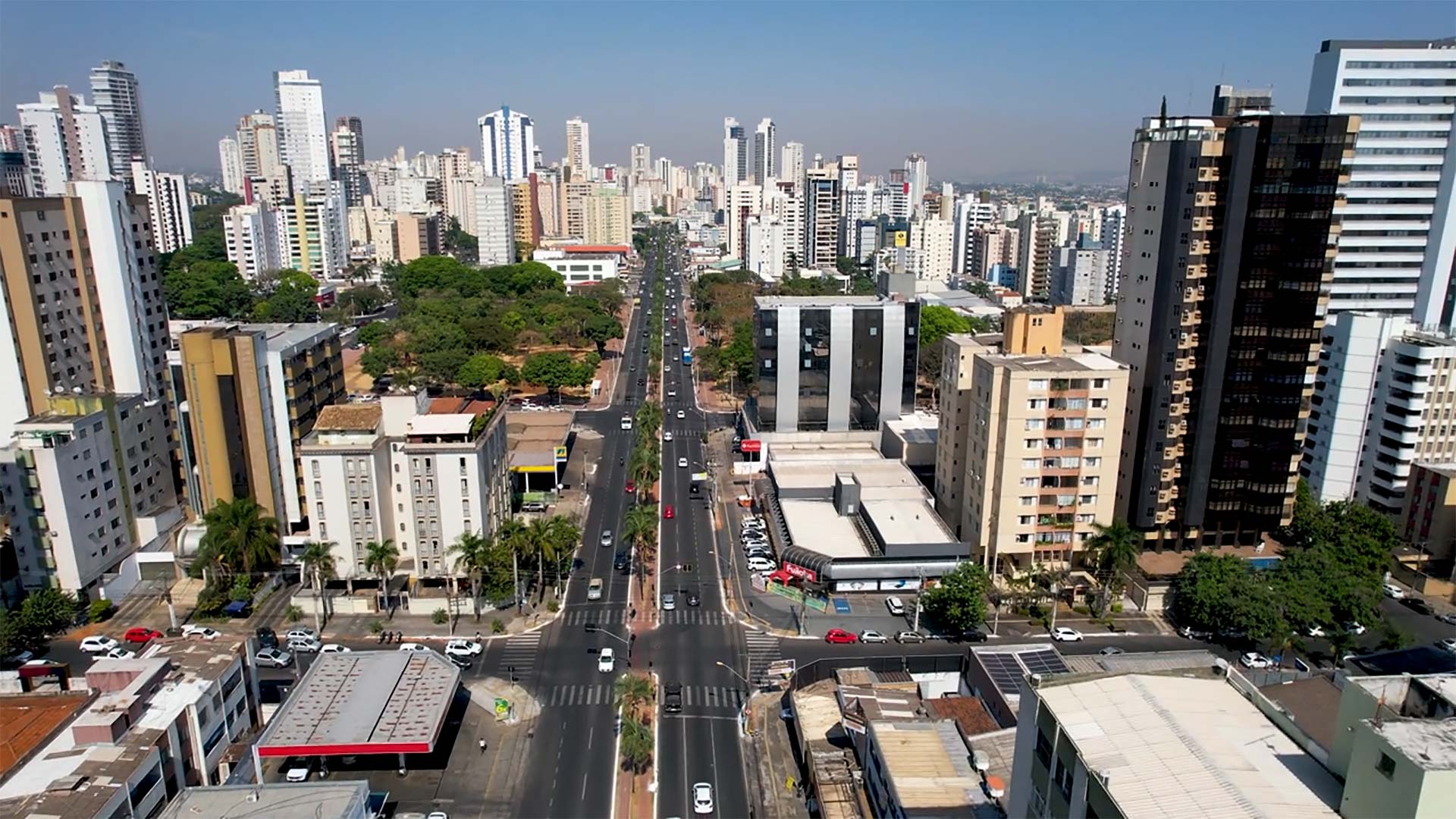
How connectivity is encouraging sustainable economic growth in Brazil
With such a vast territory and population within its borders, the importance of Brazil’s choices can’t be understated. From infrastructure to fostering connectivity, this country is making positive changes that come at the benefit of its rich biodiversity.
Bringing citizens together in a carefully managed expansion
Bordering every South American country bar Chile and Ecuador, Brazil’s scale is unmatched by its neighboring countries, which comes with a unique set of challenges around connectivity. It’s home to an astonishing diversity of terrain, including rugged hills, sprawling wetlands, and thick forests – including the world’s largest jungle – so unleashing the potential of every corner of Brazil is no mean feat.
Brazil has already developed a powerful network of airports, railways, ports, and highways to connect its 212 million citizens, earning it 2nd place in The World Bank Logistics Performance Index of Latin American Infrastructure, behind only Chile. The potential to make it to the top spot is within reach, due to its program of sustainable expansion.
Raising over $20 billion in investments and creating 1.5 million new jobs, the Brazilian government embarked on ambitious expansion plans with new transparent bidding processes for local infrastructure concessions. In the last 3 years alone, it has generated 34 airport concessions, 36 port leases, 6 railroads, and 7 road projects – increasing access to more of Brazil for more people.
A serious environmental commitment
Brazil’s enthusiasm for enhancing and expanding its infrastructure is accompanied by an ironclad commitment to doing so carefully, in line with the nation’s ESG protocols.
As trucks are the primary method of cargo transport for swathes of its $214 billion export value, bettering highway infrastructure is a high priority in Brazil. Strict standards for reducing roadwork carbon emissions include careful erosion monitoring, vegetation replacement, and compensation to affected communities.


Alternative transport is high on the agenda too, as the government is increasing private investment to decrease the dependency on national highways.
With a goal to increase cargo transport via water from 11% to 30%, the government-backed initiative “BR do Mar” (or “Ocean Highway”) is creating new routes that foster competition, lower costs, and increase supply along the nation’s waterways. This project goes together with plans to privatize the largest port in Latin America, Santos, with projected investments of over USD $1.3 billion and the creation of 60,000 jobs.
Air travel is also being reinforced to meet the demand of returning global passengers. Brazil has experienced an increase in passengers at airports in Sao Paulo and Rio, but also several domestic destinations such as Brasilia, Fortaleza, and Manaus. Domestic tourism is projecting continued growth and could rise over 40% in 2022 alone, making aviation infrastructure investments a lucrative opportunity.
Foreign Direct Investment is key to rapid expansion
In June 2022, Brazil hosted the largest-ever foreign investment in Latin America with the Inter-American Development Bank (IDB). It highlighted the potential for over $78 billion in nearshoring opportunities and confirmed a $150 million loan to improve road infrastructure and safety in the northeastern state of Ceará.
As well as creating more job opportunities, the loan will vastly improve access to logistical corridors of 25 municipalities in the state, connecting citizens and reducing both the cost and time it takes to transport raw materials.
Brazil also signed a memorandum of understanding with the Climate Bond Initiative (CBI) which includes the qualification of new sustainable financing through green or transition bonds, alongside training in sustainable financing instruments.
Brazil is opening up more opportunities for connectivity than ever before. Through a carefully monitored investment strategy to modernize and expand its infrastructure, the country is on its way to becoming Latin America’s leader in transportation.

